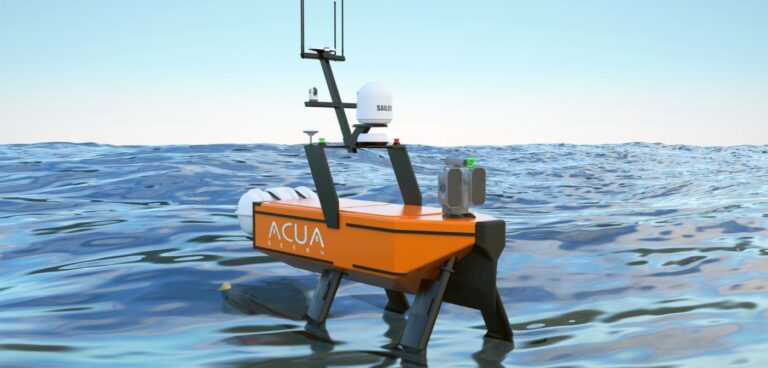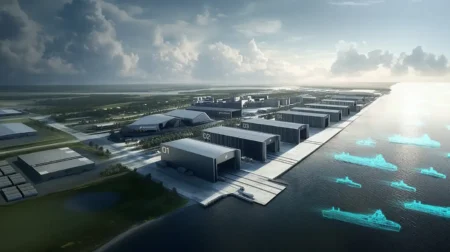According to new research from ABI Research, which focuses on global developments in technology, the maritime industry has massively increased its efforts to automate operations, with worldwide deployments of automated guided vehicles (AGVs) set to exceed 370,000 by 2027.
This growth is set to occur at a compound annual growth rate (CAGR) of more than 26% between 2022 and 2030.
The research firm points to global seaport congestion as a motivation for increased impetus to deploy robotics and automation.
Some technologies that could see major uptake in the coming years include gantries, automated port gates, stacking cranes and autonomous horizontal transport modes, ABI has said.
“Automation improves port operations’ reliability, consistency and workplace security,” said Adhish Luitel, supply chain management and logistics senior analyst at ABI Research.
“Also, from an environmental perspective, automation can lead to efficient operations and faster services. Automated ports are also far safer than conventional ports. The number of human-related disruptions falls as performance becomes more predictable with automation and data capture solutions.”
In recent years, many new automation and digital tools designed to enhance operational efficiency and visibility across different modalities have entered the market, leading to adoption by major global customers and governmental bodies.
Recently, the US Navy announced an investment in robotics to support the predictive maintenance of its ships.
Luitel added that there is a significant cost factor to consider, including staff training and productivity downtime, which must be taken into account as part of the change management process before companies decide to invest in automation.









